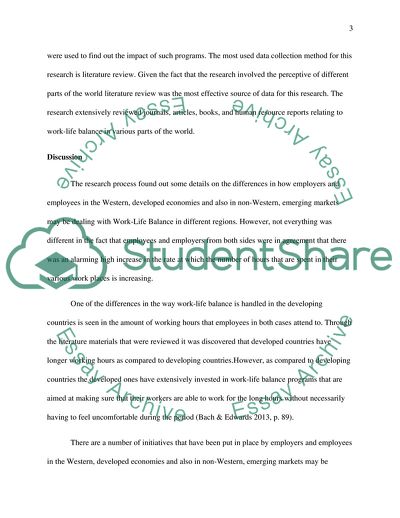Cite this document
(Work-life Balance In the Global Human Resource Management Coursework - 1, n.d.)
Work-life Balance In the Global Human Resource Management Coursework - 1. https://studentshare.org/human-resources/1833807-work-life-balance-in-the-global-human-resource-management
Work-life Balance In the Global Human Resource Management Coursework - 1. https://studentshare.org/human-resources/1833807-work-life-balance-in-the-global-human-resource-management
(Work-Life Balance In the Global Human Resource Management Coursework - 1)
Work-Life Balance In the Global Human Resource Management Coursework - 1. https://studentshare.org/human-resources/1833807-work-life-balance-in-the-global-human-resource-management.
Work-Life Balance In the Global Human Resource Management Coursework - 1. https://studentshare.org/human-resources/1833807-work-life-balance-in-the-global-human-resource-management.
“Work-Life Balance In the Global Human Resource Management Coursework - 1”. https://studentshare.org/human-resources/1833807-work-life-balance-in-the-global-human-resource-management.


